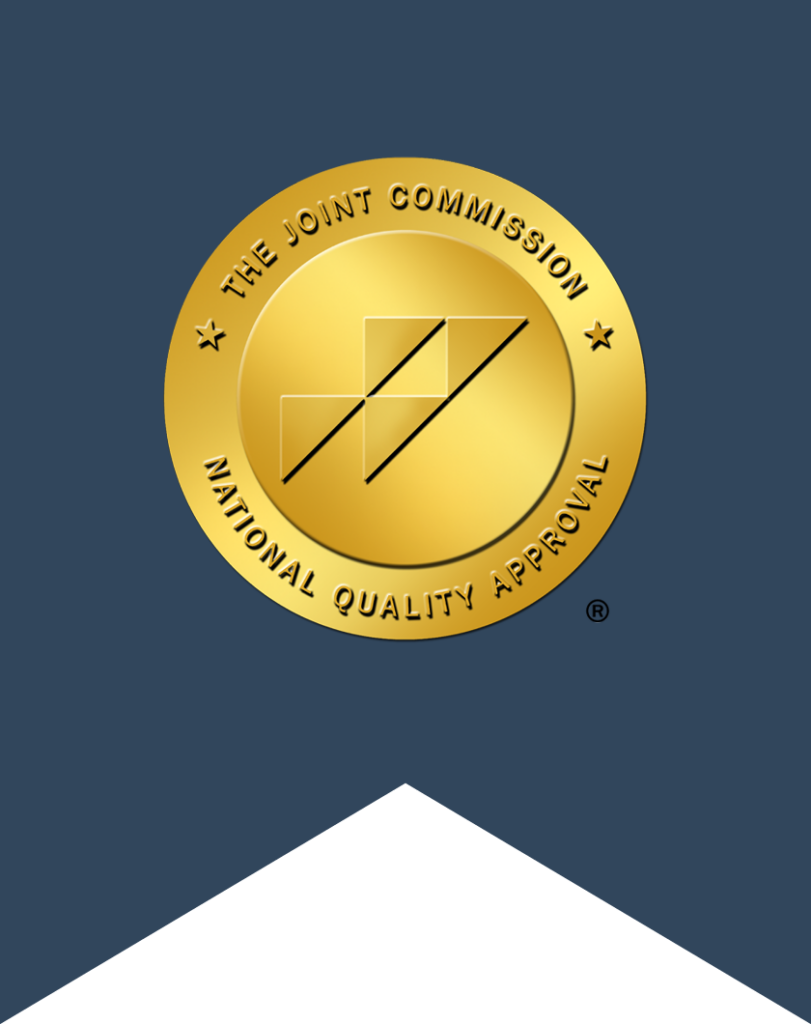Heroin use has increased across the U.S. to epidemic levels in many cities. Some of the largest increases have occurred in demographic groups with historically low rates of heroin use, including women, the privately insured and those with higher incomes.
As the use of heroin increases, there have also been dramatic rises in heroin-related overdose deaths. Between 2002 and 2013, the rate of heroin-related overdose deaths nearly quadrupled, and more than 8,200 people died in 2013.
A Different Approach to Fighting Addiction
As federal, state and local officials work to battle this growing problem, reform advocates insist that America has been addressing drug abuse the wrong way, focusing too much on making arrests rather than helping people overcome their addictions.
President Obama agreed, as evidenced by his comments at a recent panel discussion addressing the matter: “What we have to recognize is in this global economy of ours that the most important thing we can do is to reduce demand for drugs, and the only way we reduce demand is if we’re providing treatment and thinking about this as a public health problem and not just a criminal problem.”
Treating Addiction with Anti-Addiction Drug Solutions
At the center of this more health-centric approach are the efforts that focus on medication-assisted treatment. This approach involves combining behavioral therapy with the use of anti-addiction drug treatment, such as buprenorphine, that blocks the effects of opioids on the brain.
Medication-assisted treatment using buprenorphine provides a whole-patient approach to the treatment of opioid dependency. Unlike previous treatment medications, which must be prescribed in a highly structured clinic setting, buprenorphine is the first medication to treat opioid dependency that can be prescribed or dispensed in physician offices, significantly increasing treatment access.
Regulations Limit Access to Buprenorphine
According to current federal regulations, doctors are required to take a specific training course before being certified to prescribe buprenorphine. Additionally, in the first year of prescribing, they are allowed to treat only 30 opioid-dependent patients at any one time with the medication. For subsequent years, doctors can apply to increase the patient limit up to 100.
The regulations were designed, in part, to prevent abuse, such as diversion or selling of the treatment drugs. However, no other medications have such restrictions, and many feel there are unintended but significant consequences of the laws.
The most obvious consequence is the lack of needed treatment in areas hard-hit by opioid addiction. The doctors’ buprenorphine treatment slots can fill up quickly, effectively denying patients access to beneficial anti-addiction drug treatment options.
Amendment Would Increase Availability
An amendment measure recently passed by the Senate Health Committee could dramatically increase access and availability of buprenorphine. The amendment faces some challenges before becoming law but has strong bipartisan support, indicating that the buprenorphine regulation reforms would be welcomed by congress.
The amendment would increase patient limits to as many as 500 and would also permit nurse practitioners and physician assistants to prescribe the medication to opioid-dependent patients.
One recent study found that due to current restrictions, buprenorphine treatment is actually unavailable in U.S. counties with more than 30 million people. If this amendment becomes law, it would change such situations by dramatically expanding the availability of anti-addiction drug treatment, providing needed access to tens of thousands of additional people.
Experts are praising the amendment’s passage and are hopeful it will become law. Noting that the U.S. is facing an epidemic that is taking the lives of two Americans every hour, many applaud this as an important step to help close the gap between those who need treatment and those who receive it.
